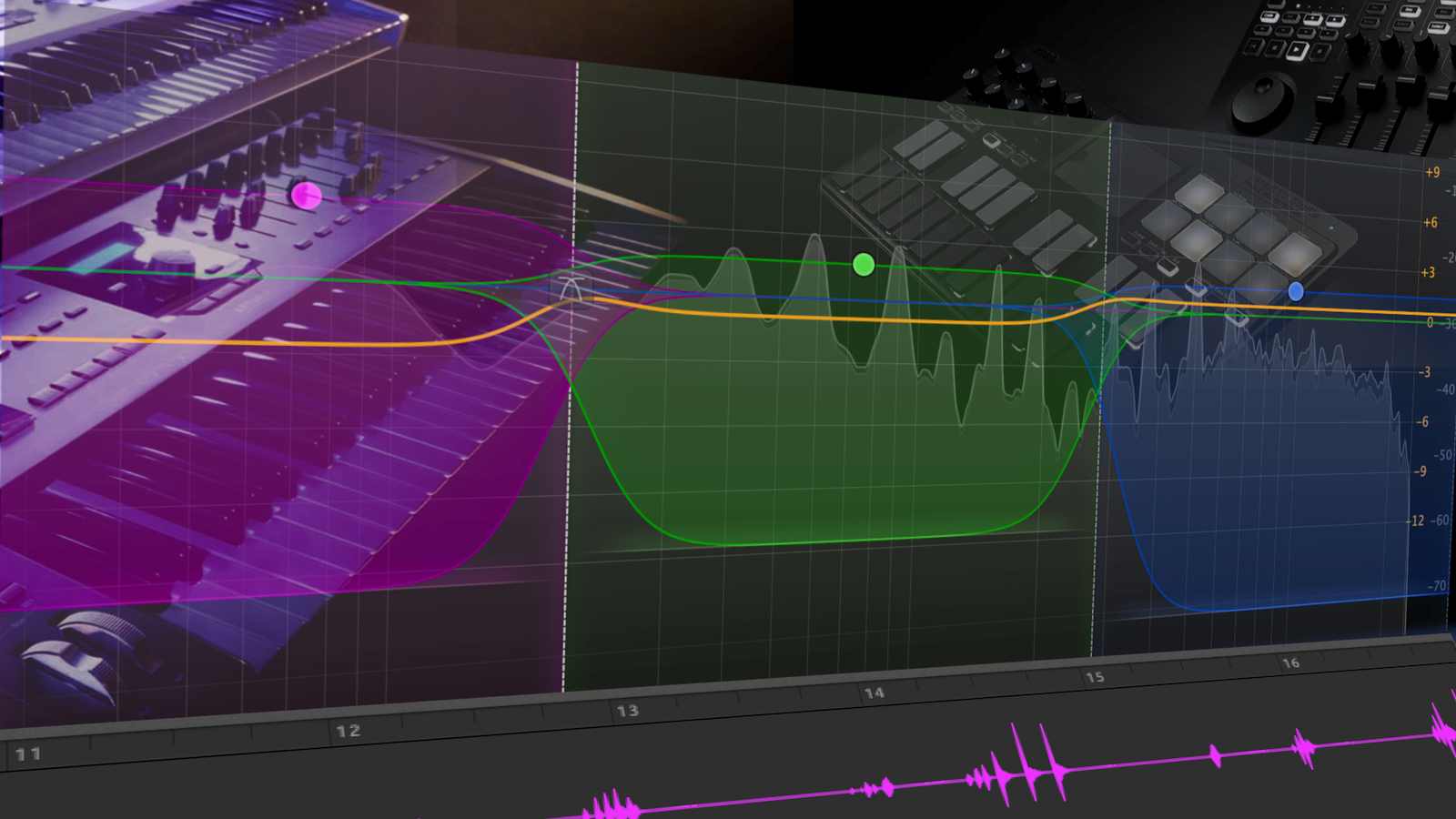Description
Understanding the physics of sound starts with exploring waveform characteristics and how they shape what we hear, from fidelity to unique tones. Sonic measurements like tuning and psychoacoustics help us fine-tune sound perception, blending technical precision with artistic choices. Microphones play a key role in this process, with diverse transducer designs and placement techniques that affect sound quality, minimize phase issues, and manage acoustic challenges like bleed and comb-filtering. Bridging analogue and digital recording, we dive into sampling theory, wordclock, and wave editing—highlighting how timeless audio principles evolve in the digital age.




